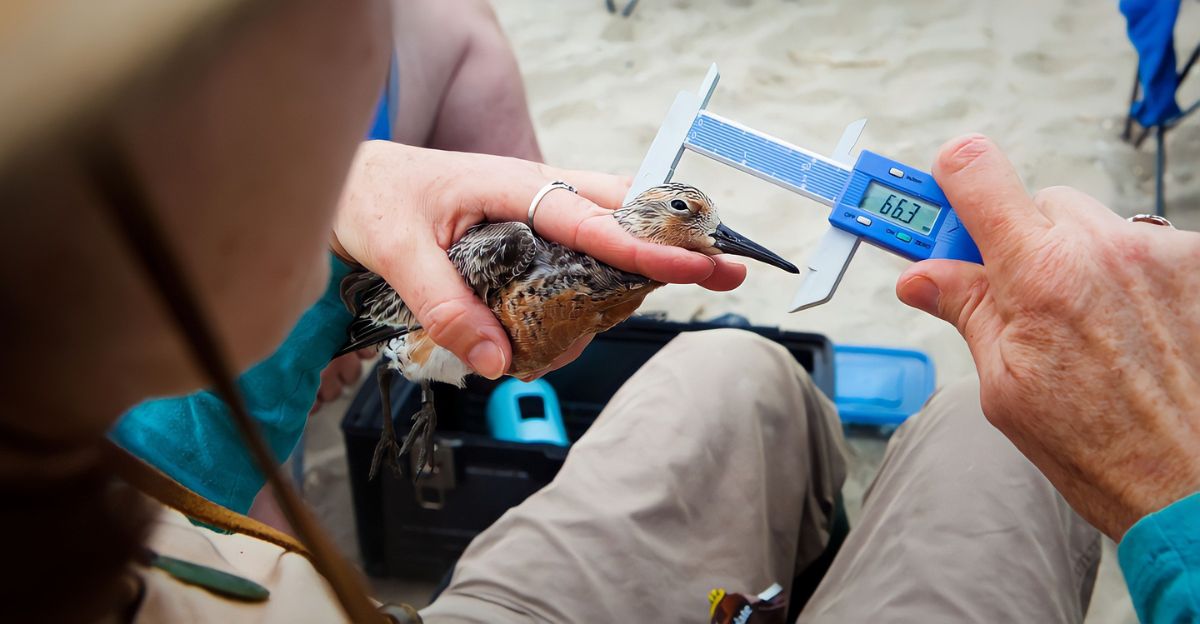
Imagine a 19th-century pharmaceutical tycoon in New York releasing every bird mentioned in Shakespeare into Central Park. It sounds poetic, but it sparked a biological disaster. Those 100 European Starlings have multiplied into 200 million, causing $800 million in yearly agricultural damage. But this isn’t just one bizarre case.
Across the U.S., escaped pets, agricultural stowaways, and stealthy colonizers are reshaping ecosystems. These invasions reveal a deeper story about human nostalgia, climate shifts, and our flawed assumptions about nature. From electric-grid-building parrots to cattle-loving egrets, each bird on this list exposes a different facet of our tangled relationship with the natural world.
1. The Great Starling
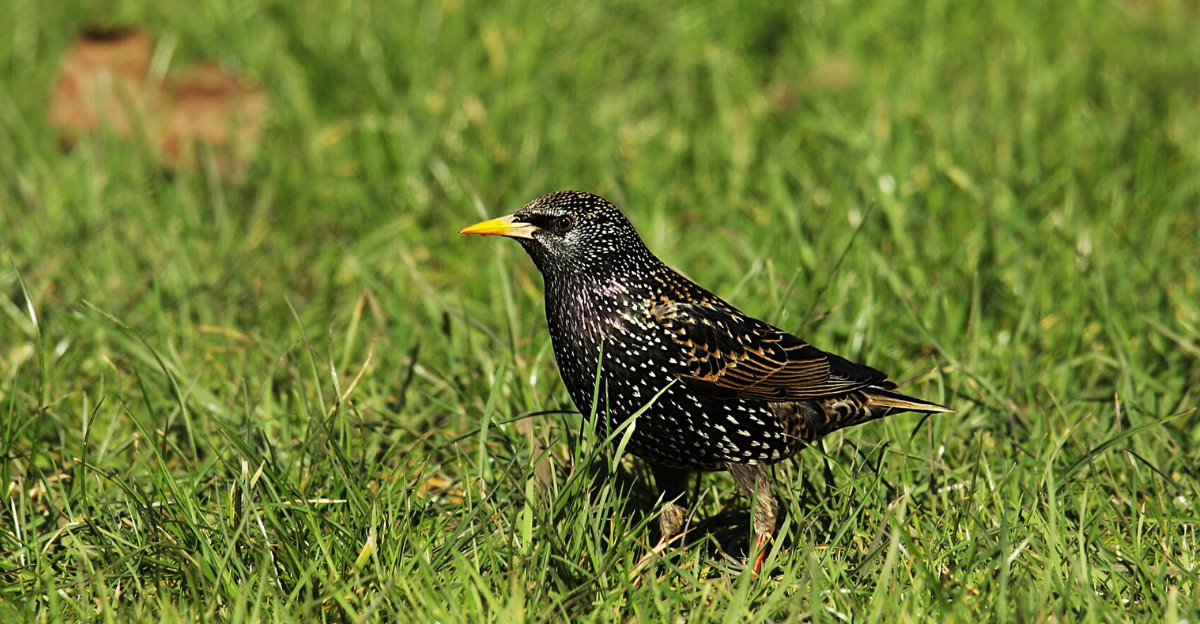
Think Eugene Schieffelin caused the starling invasion? Think again. He was just the final act in a decades-long trend of releasing starlings across the U.S. A 1915 USDA report even praised them as top pest controllers. The villain label only took hold after rising fears of foreign species post-Lacey Act.
Ironically, starlings are now declining 3% annually. Meanwhile, native bird losses blamed on starlings began before they arrived. The story reveals how cultural myths often replace ecological facts, turning misunderstood species into scapegoats for deeper environmental failures.
2. Egyptian Geese
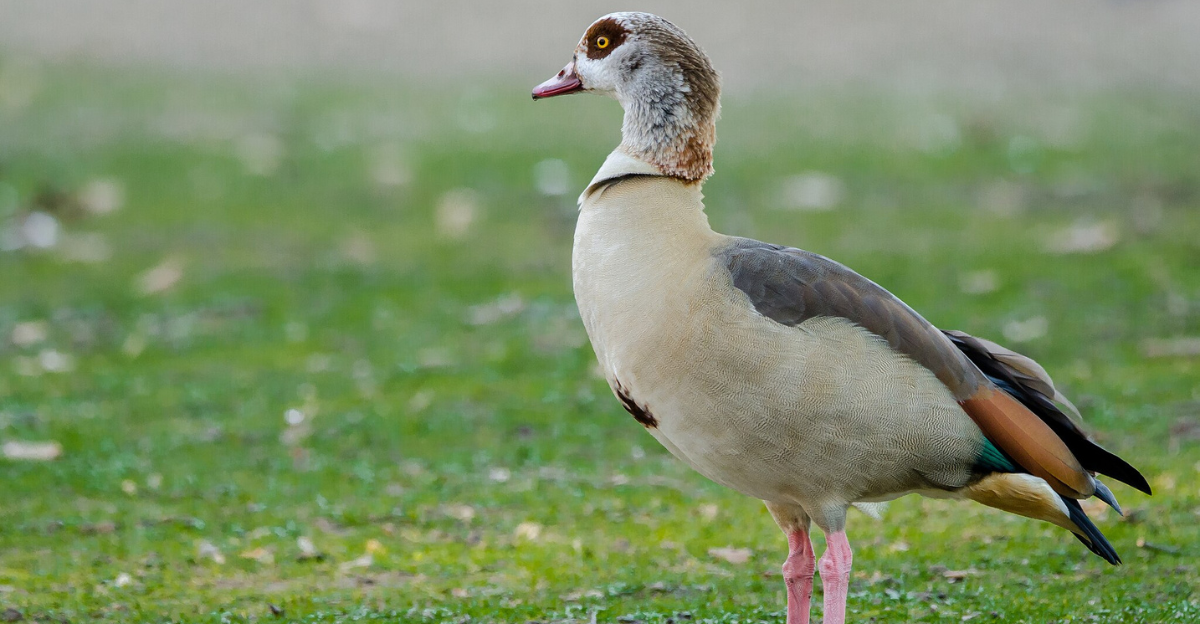
Egyptian Geese are quietly building a foothold in America. With breeding populations in Texas, Florida, Arkansas, and California, they blend into landscapes by looking like familiar farm geese. But beneath the surface, they’re aggressive competitors and crop destroyers. Climate models show they’re primed to expand fast as warming makes more habitat suitable.
In Europe, their growth has been explosive. Yet in the U.S., they fly under the radar, nesting on golf courses and suburban lakes without much notice. They’re proof that the most dangerous invasions may be the ones we fail to see.
3. The Monk Parakeet

Monk Parakeets aren’t just surviving, they’re urban developers. These bright-green escapees from South America construct massive nests on electrical transformers, causing frequent blackouts and millions in damage. But they’re also solving their own housing shortage, with stick-built nests housing 200+ birds in insulated chambers.
Power companies now employ specialized “parakeet removal” crews, birthing a niche industry. Their numbers double every nine years in feeder-heavy suburbs, showing how human lifestyles unintentionally bankroll their expansion. Monk Parakeets have transformed suburban America into an accidental sanctuary for avian sprawl.
4. The Cattle Egret
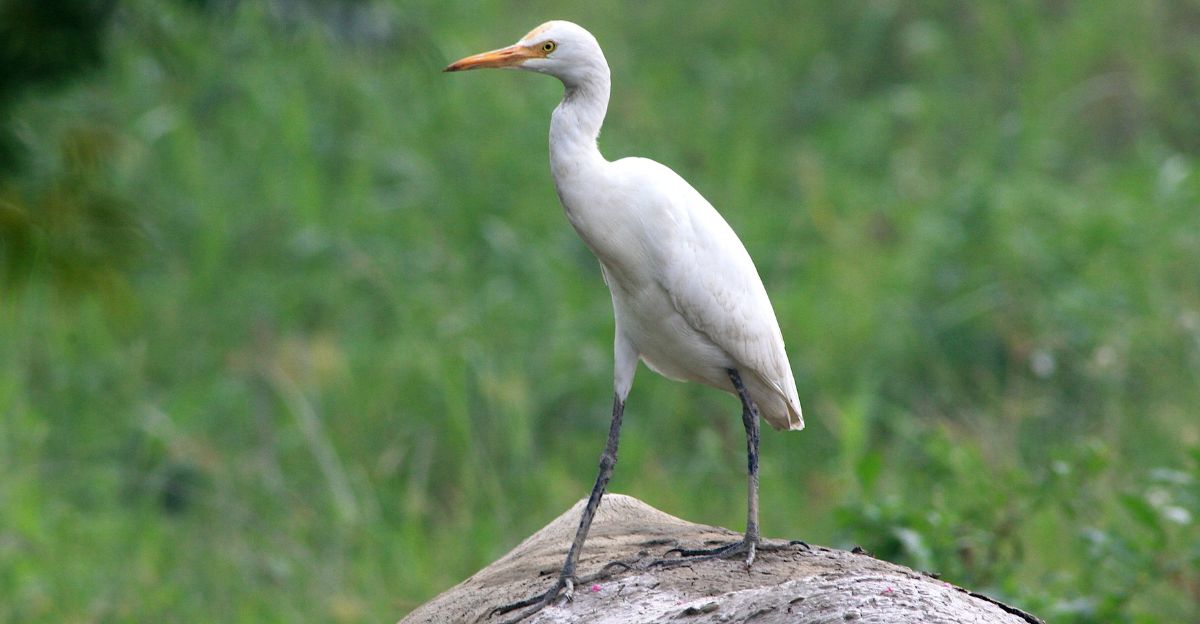
In the 1930s, African Cattle Egrets crossed the Atlantic unassisted and swept across two continents in 40 years. They didn’t invade, they adapted brilliantly. Following ranching expansion, they forged a partnership with livestock, feeding on insects stirred up by grazing cattle.
Populations soared 350% in South America as forests gave way to farmland. But recent declines, a 50% drop, suggest they may be outpacing even climate change. Unlike other invaders, Cattle Egrets show how species can ride human development to global success, until shifting conditions force a sudden reckoning.
5. House Sparrows
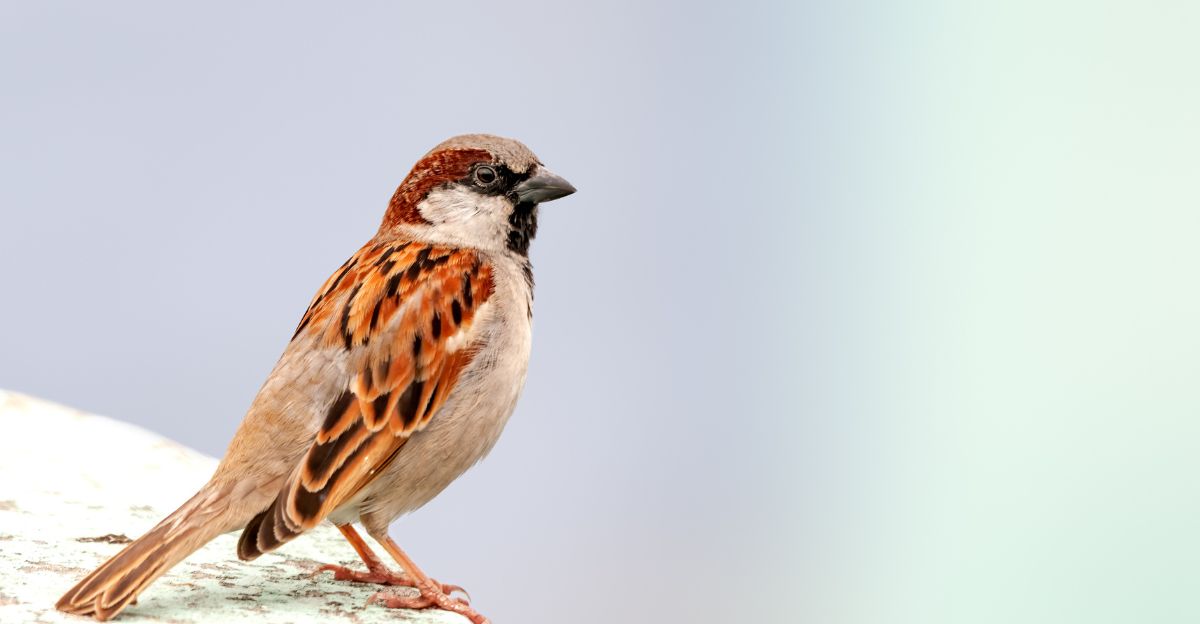
House Sparrows once ruled the city, but now they’re fading fast. Brought from England in the 1850s, they thrived in urban areas, until recently. Between 1995 and 2016, urban populations plummeted, while rural ones held steady. The twist? Their decline is happening right where they once dominated.
Some scientists blame changing city diets, others point to hawks reclaiming urban skies. Either way, it’s troubling. If a species so tightly linked to human environments is collapsing, what does that say about the health of the environments we’ve created?
6. House Finches

House Finches offer one of evolution’s strangest success stories. Released illegally in New York in the 1940s, California-native birds quickly adapted to their new surroundings. Within a decade, they had changed leg size, foot shape, and even feather color to match other regional populations.
From just 100 birds, they exploded into millions by the 1980s, spreading coast to coast. Scientists believe the genetic bottleneck may have sped up their evolution instead of slowing it down. Their story challenges old ideas of slow, gradual change, and shows that sometimes, species evolve fast to fit a human-shaped world.
7. Brown-Headed Cowbirds
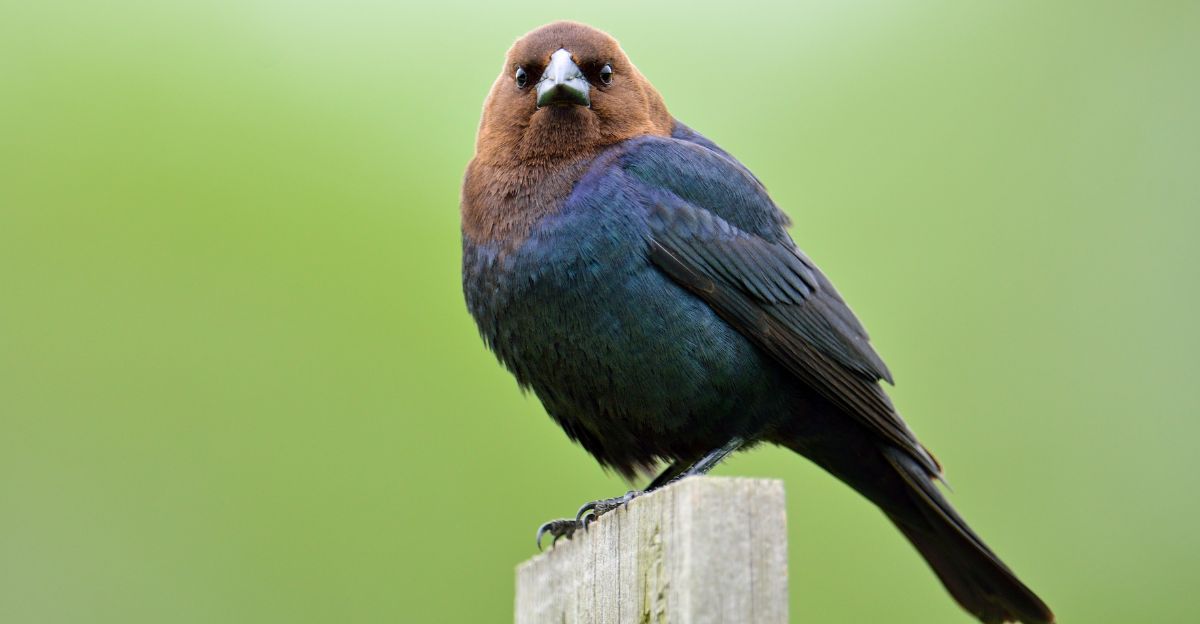
Brown-Headed Cowbirds don’t build nests, they outsource parenting. These native brood parasites lay eggs in the nests of 220+ species, letting others raise their young. What turned them invasive? Human land use. Cattle ranching and deforestation expanded their range eastward, allowing them to disrupt delicate ecosystems. Cowbird chicks often outcompete or kill host offspring.
At their peak, they parasitized 69% of nests in endangered Kirtland’s Warbler populations. They’ve weaponized our environmental changes to build an empire, one where native birds unwittingly raise the very chicks that replace them.
8. Eurasian Collared-Doves
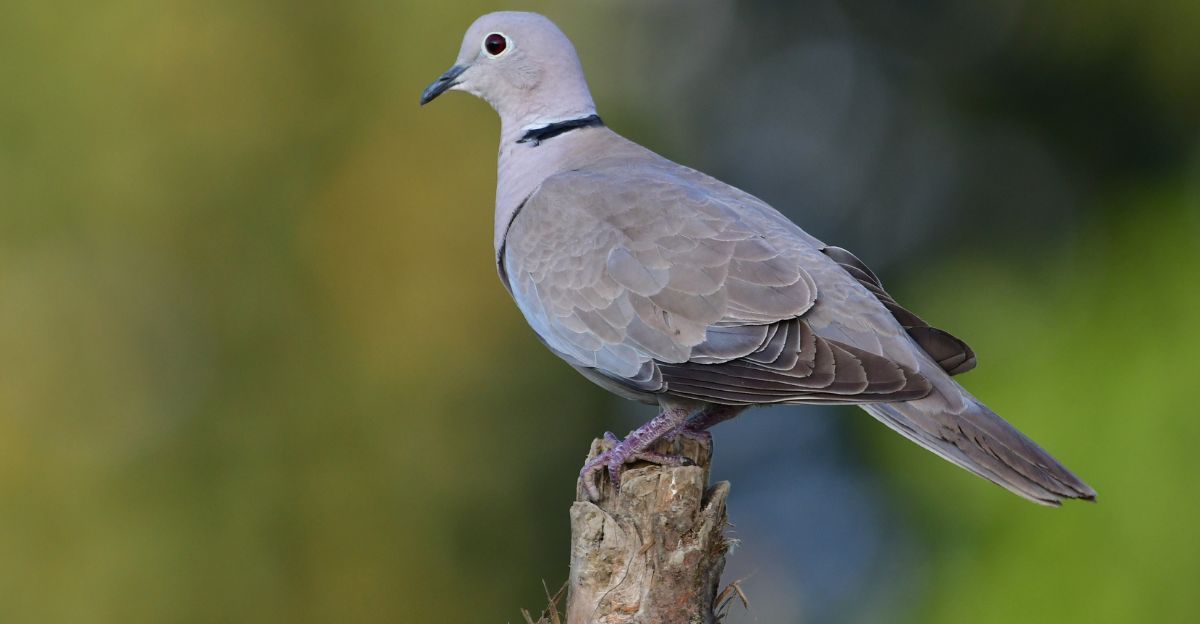
From Florida to Alaska in 35 years, Eurasian Collared-Doves pulled off a strategic blitz. Released in the 1980s, they spread not gradually but by leapfrogging, establishing distant colonies first, then filling in the gaps. These moves likely had human help, from pet releases to hunting groups.
Their success follows roads, coastlines, and suburbs, not wilderness. But unlike many invaders, they don’t displace native Mourning Doves. Instead, they thrive in unclaimed ecological space. Their story proves some invasions succeed not by brute force, but by fitting perfectly into the gaps we’ve created.
9. Mute Swans
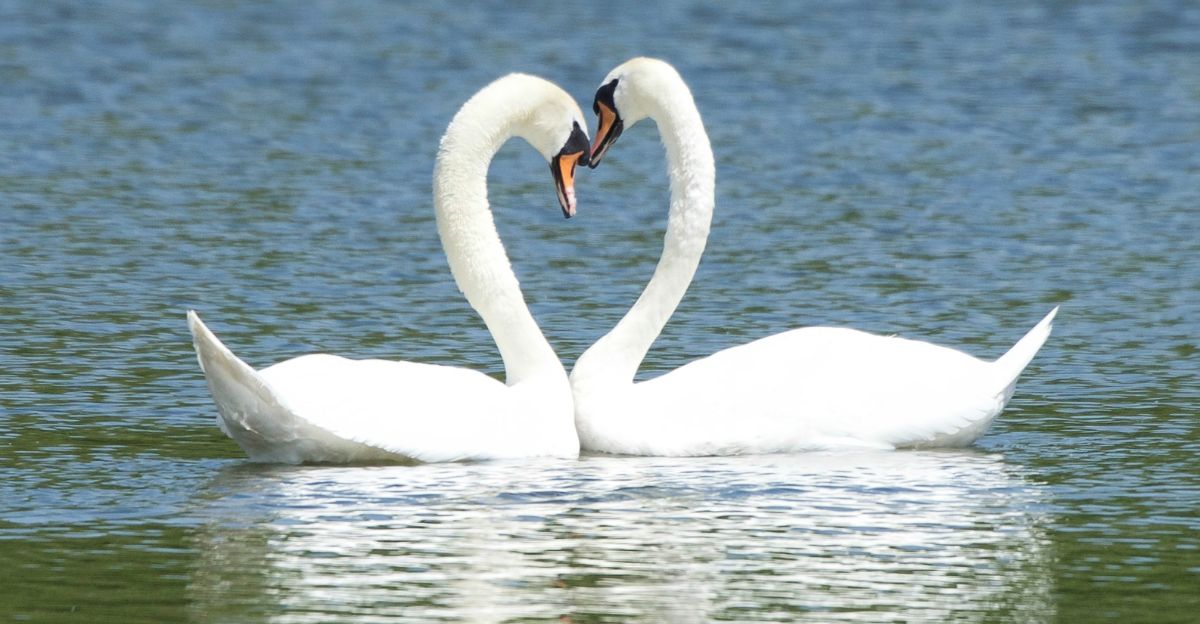
Don’t be fooled by their elegance. Mute Swans, introduced as pond ornaments, have become aggressive, ecologically destructive giants. Weighing up to 30 pounds, they’ve drowned at least one kayaker and dominate wetlands by driving out native waterfowl.
A pair can control 6–10 acres, eating 20 pounds of aquatic vegetation daily and turning thriving ecosystems into barren zones. Their beauty hides the damage, turning tranquil lakes into battlegrounds. Wildlife managers now use lethal control to limit their spread. In trying to decorate our landscapes, we unleashed one of the most dangerous birds in America.
10. Purple Swamphens
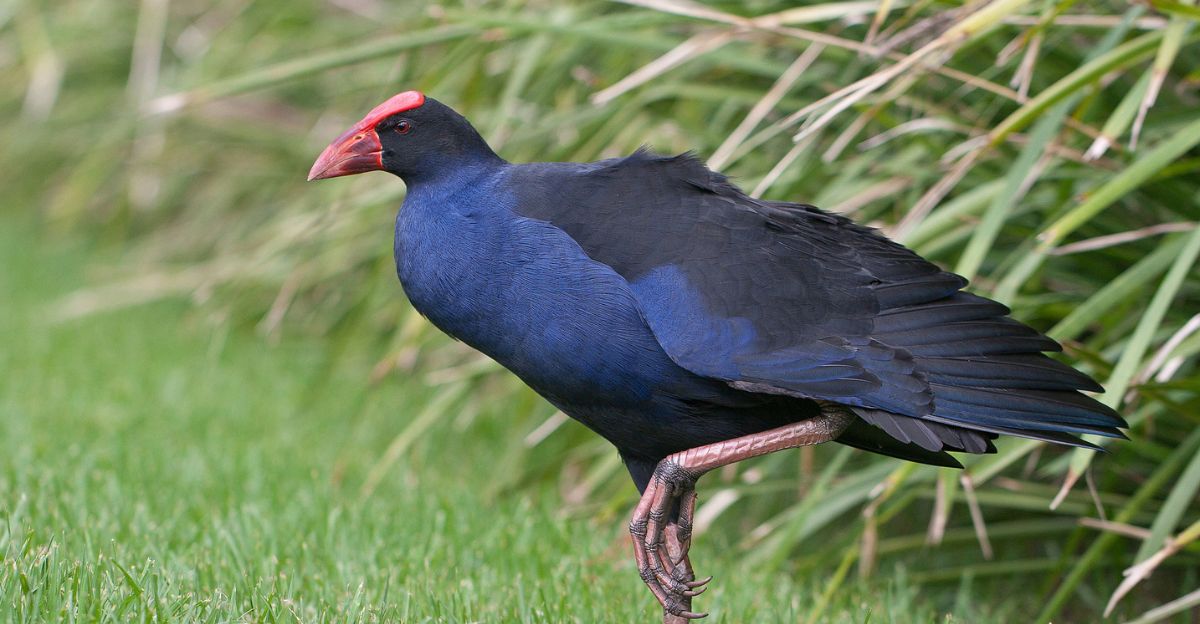
Purple Swamphens aren’t flashy or loud, but they’re quietly taking over Florida’s wetlands. Since arriving around 2000, these Australian natives have blended in by mimicking native species, especially Common Moorhens and Purple Gallinules. That mimicry gives them cover while they outcompete others for space and food.
Now present in the Everglades and as far as Lake Okeechobee, they show how some invaders don’t need force, they just need stealth. As ecological doubles, they’re harder to spot and even harder to manage. Their spread signals a future where invasions are subtle, strategic, and dangerously effective.
11. Great-Tailed Grackles
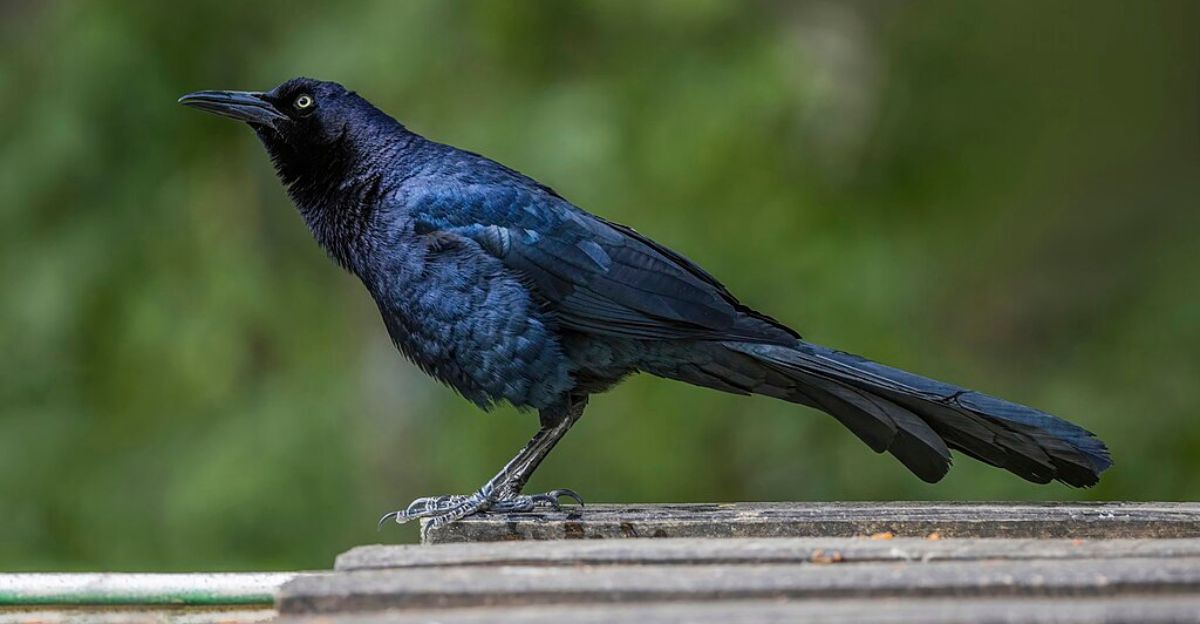
Great-Tailed Grackles don’t just survive, they innovate. Unlike species that thrive on aggression or numbers, these birds win with brains. Studies show grackles at the edge of expanding ranges display higher adaptability and problem-solving. They move from rural areas to urban deserts, inventing new behaviors along the way.
Think of them as Silicon Valley birds: fringe populations experiment, while core groups stay stable. From 1979 to 2019, they didn’t just spread, they changed the definition of “suitable habitat.” These grackles prove that intelligence, not brute force, may be the future of biological invasions.
12. Feral Chickens

Feral chickens are redefining what it means to be wild. From Key West to Miami, these once-domestic birds now strut through cities like they own them, because, in a way, they do. Some communities even celebrate them. In Little Havana, six-foot rooster statues honor their feathered residents. It’s a strange contrast: cities that spend millions fighting invasive species openly protect free-roaming chickens. Why? Charm, nostalgia, and tourism.
Chickens have pulled off something no other invader has, legal protection through likability. Their survival doesn’t rely on biology but on cultural immunity.
The Invasion Economy – When Nature’s Collapse Pays Off
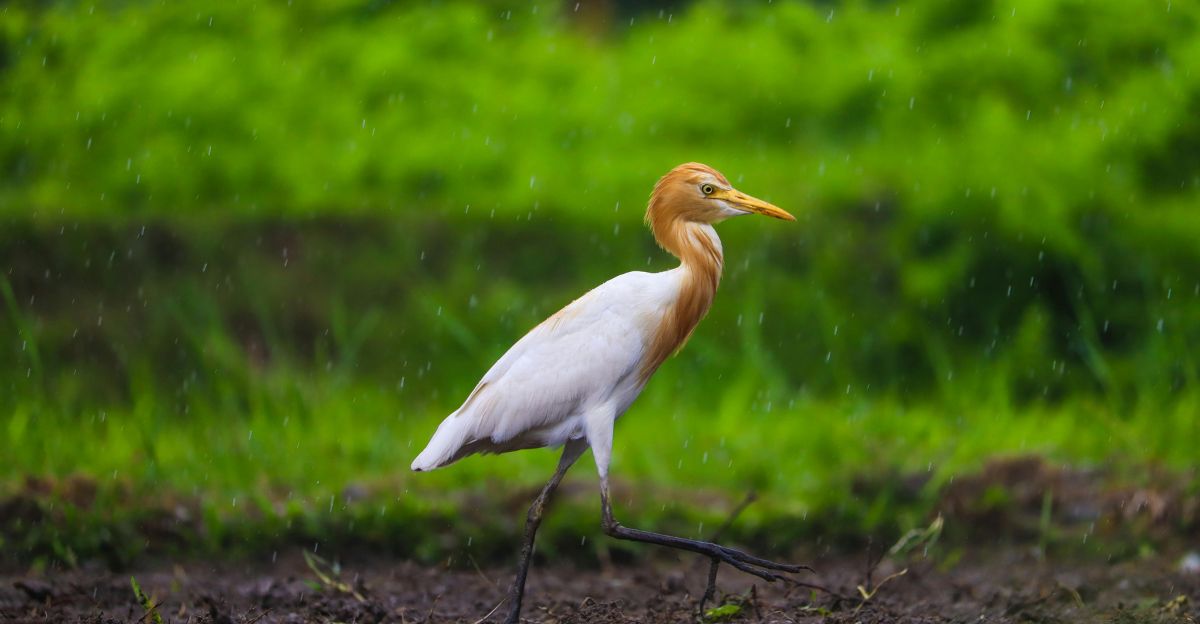
Invasive birds cost North America $26 billion annually, yet they’ve created a strange economic loop. Starlings cause $800 million in crop losses each year, but also keep pest control businesses thriving. Power companies now maintain full-time teams to manage Monk Parakeets. We spend 13 times more fixing damage than preventing it.
Some species, like Cattle Egrets, offer real benefits, muddying the case for eradication. This is the invasion paradox: ecological destruction becomes profitable. Once invaders create jobs and services, they’re harder to remove. In a world where collapse funds industry, the birds may outlast the systems that let them in.
Explore more of our trending stories and hit Follow to keep them coming to your feed!

Don’t miss out on more stories like this! Hit the Follow button at the top of this article to stay updated with the latest news. Share your thoughts in the comments—we’d love to hear from you!







